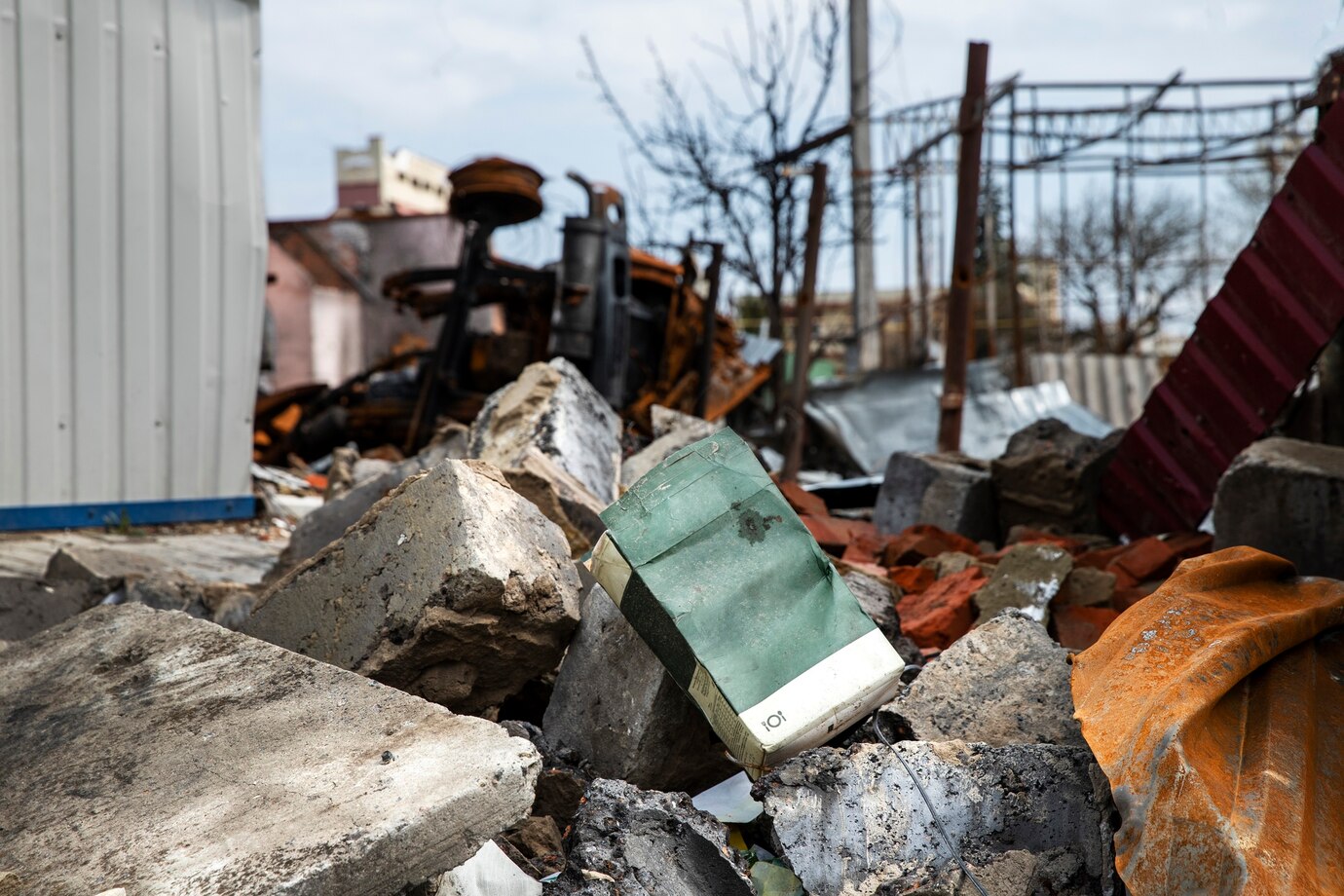Colorado’s dry climate and wildfire-prone areas make fire damage restoration contractors essential for homeowners recovering from house fires, smoke damage, and structural losses. However, working in burned structures with toxic smoke residue and structural instability presents major risks for restoration professionals.
Without the right insurance, one improper cleanup, smoke inhalation injury, or accidental property damage could lead to financial disaster. Here’s what Colorado fire damage restoration contractors need to know about protecting their business.
The Biggest Risks for Fire Damage Restoration Contractors in Colorado
🔥 Smoke & Soot Inhalation Risks – Restoring fire-damaged homes exposes workers to toxic air quality, increasing the risk of respiratory illnesses and lawsuits.
🏗 Structural Instability & Collapse Risks – Fire damage weakens walls, floors, and roofs, making worksites extremely dangerous.
🛠 Expensive Equipment Theft & Damage – Air scrubbers, HEPA vacuums, and deodorizers are costly and often targeted by thieves.
💰 Client Disputes Over Smoke Odor Removal – Homeowners expect complete smoke elimination, and any lingering odors can lead to lawsuits.
💡 Real Case Study: A fire restoration company in Boulder was sued for $200,000 after a client claimed their home still smelled like smoke after a full restoration. Professional liability insurance covered the legal fees.
Essential Insurance for Fire Damage Restoration Contractors
✔ General Liability Insurance – Covers third-party injuries, smoke damage claims, and lawsuits.
✔ Workers’ Compensation – Required in Colorado for businesses with employees.
✔ Professional Liability Insurance – Covers claims of improper fire or smoke damage remediation.
✔ Pollution Liability Insurance – Protects against toxic soot and smoke exposure lawsuits.
✔ Tools & Equipment Insurance – Covers air scrubbers, HEPA vacuums, and fire deodorizers.
✔ Commercial Auto Insurance – Protects work trucks transporting fire restoration equipment.
💡 Did You Know? Many Colorado homeowners’ insurance companies only refer fire restoration contractors who carry at least $1M in liability coverage.
How to Reduce Insurance Costs for Fire Damage Restoration Contractors
🔹 Use specialized smoke removal techniques to avoid disputes over lingering odors.
🔹 Train employees on fire-damaged structure safety to lower workers’ comp claims.
🔹 Bundle coverage for better rates on general liability and professional insurance.
Final Thoughts
Fire damage restoration is high-risk but essential work, and one lawsuit or injury could wipe out a business. With the right insurance, you can confidently restore properties and stay protected.












